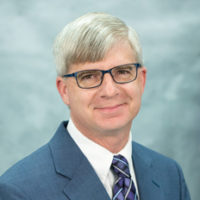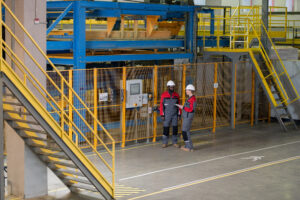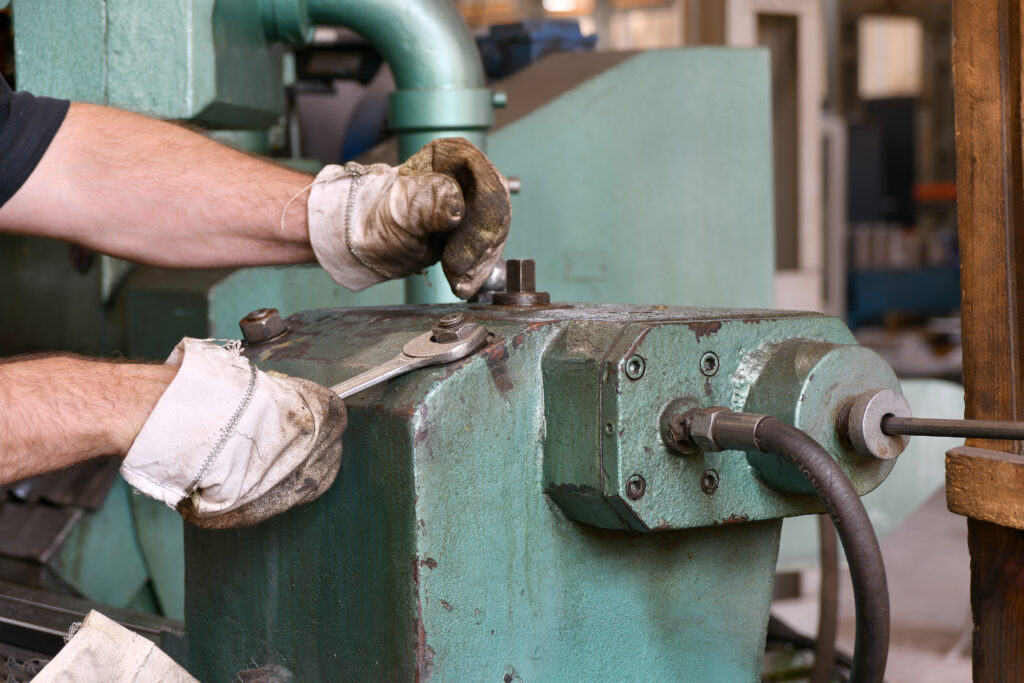In 2023, the new European Machinery Regulation was published which replaces the 2006 Machinery Directive. The 2023 Machinery Regulation is slated to be entered into force and application on January 20, 2027. A number of changes and/or clarifications are included in this new Machinery Regulation, not the least of which is the definition for “substantial modification.”
The Machinery Regulation defines “substantial modification” as:
“a modification of machinery or related product, by physical or digital means after that machinery or related product has been placed on the market or put into service, which is not foreseen or planned by the manufacturer, and which affects the safety of that machinery or related product, by creating a new hazard or by increasing an existing risk, which requires:
- the addition of guards or protective devices to that machinery or related product the processing of which necessitates the modification of the existing control system, or
- the adoption of additional protective measures to ensure the stability or mechanical strength of that machinery or related product.”
With a definition of substantial modification provided, the Machinery Regulation goes further in Article 18 “Other cases in which obligations of manufacturers apply” and states the following:
“A natural or legal person that carries out a substantial modification of machinery or a related product shall be considered to be a manufacturer for the purposes of the Regulation and shall be subject to the obligations of the manufacturer set out in Article 10 for that machinery or related product or, if the substantial modification has an impact on the safety of only machinery or a related product that is part of an assembly of machinery, for that affected machinery or related product, as demonstrated in the risk assessment.”
Here the regulation is clear that a person who alters the design of machinery in a way that meets the definition established above of “substantial modification” assumes the duties of the manufacturer.
Article 18 further states:
“The person who carries out the substantial modification shall in particular, but without prejudice to other obligations set out in Article 10 ensure and declare on its sole responsibility that the machinery or related product concerned is in conformity with the application requirements of the Regulation and shall apply the relevant conformity assessment procedures are provided in Article 25 (2), (3) and (4) of this Regulation.
A non-professional user who carries out a substantial modification to his or her machinery or related product, for his or her own use, shall not be considered to be a manufacturer for the purposes of this Regulation and shall not be subject to the obligations on the manufacturer set out in Article 10.”
Article 3, Definitions, defines “professional user” as:
“a natural person who uses or operates machinery or a related product in the course of his or her professional activity or work.”
The Machinery Regulation has added a new level of accountability for persons who change machinery in a way that meets the definition of “substantial modification”, adding the requirements of the Manufacturer to the duties of the machinery modifier. Individuals who perform these activities in the course of their professional duties would be wise to read and understand the way the Machinery Regulation will impact their work.
Chad Jones, PE, CFEI, CVFI, CMSE has a Bachelor of Science in Mechanical Engineering from Clemson University. Chad has over 25 years of engineering experience including mechanical, process, and manufacturing engineering. This work has included equipment design, machine safeguarding, cost estimating and safety compliance. Chad also has over 10 years of commercial, industrial, and residential HVAC and plumbing design experience. A lifelong auto and motorcycle enthusiast, Chad is accomplished in the maintenance, repair, and modification of vehicles and engines. Chad is a Certified Fire and Explosion Investigator, Certified Vehicle Fire Investigator, and IFSAC certified Firefighter II in Greenwood County, South Carolina.





